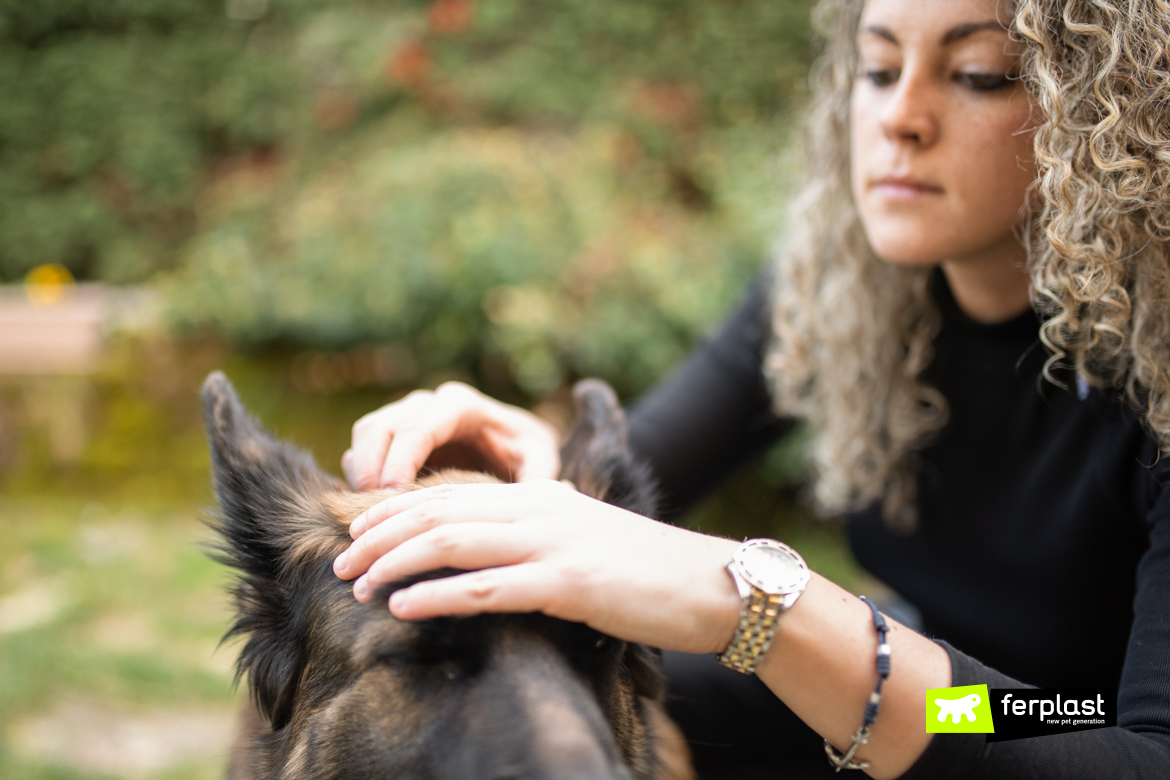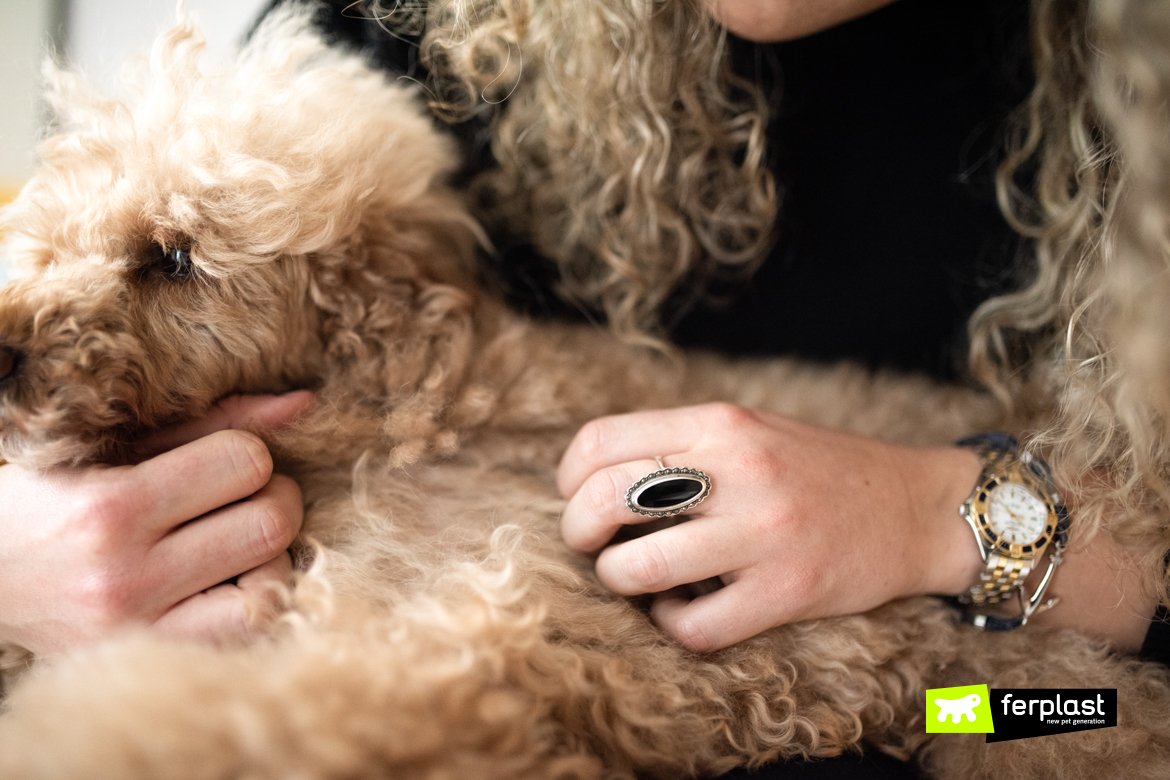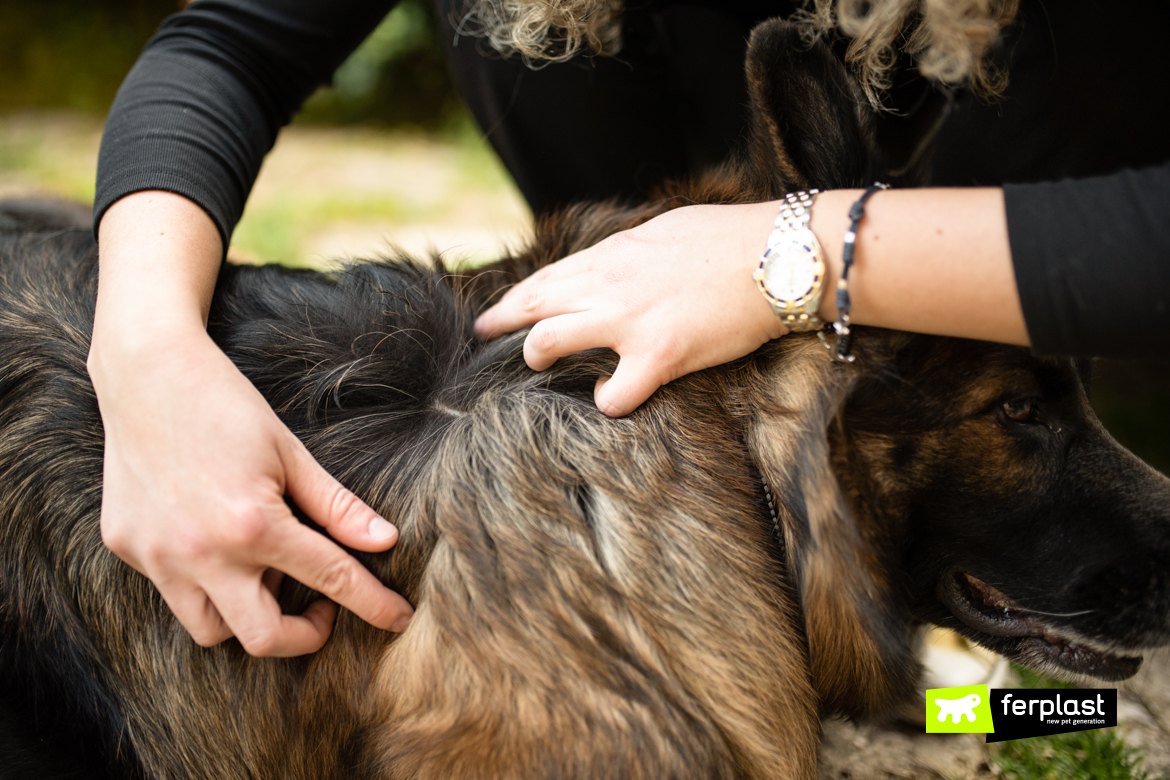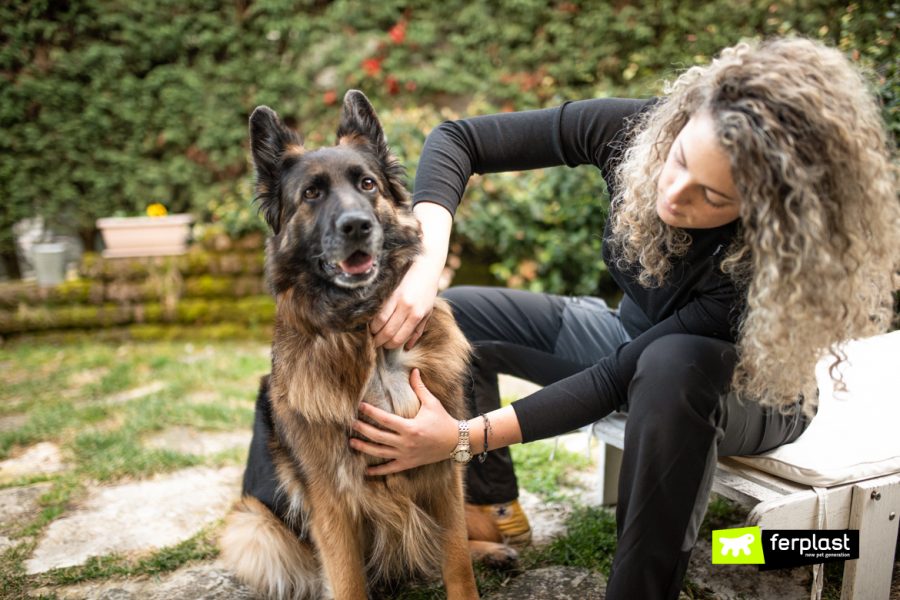With the arrival of the warm weather, dogs have to face the problem of external parasites, such as fleas, ticks, mosquitoes and sand flies. In fact, these are the most common and need to be eliminated in time, as they can transmit numerous diseases to our furry friends. That’s why prevention is essential!
In the springtime, the days get longer and the sun is warmer, encouraging dog owners to spend more time outside with their pets. However, these climatic conditions also favour the reproduction of parasites.
The effects of parasites on our pets
The main external parasites that attack a dog are:
1. FLEAS
Fleas are very small and extremely fast and, for this reason, they can easily hide in the animal’s fur. However, if you’re in doubt, check at the base of your pet’s fur and if you find any small black dots, these are droppings left by fleas living on your four-legged friend. They can cause intestinal worm infestations and excessive weight loss.
2. TICKS
There are two types of ticks – hard and soft (the latter have no hard-dorsal shield) – and both attach themselves to the dog to suck his blood. They mainly target the ears, head, neck and armpits. One simple bite can cause unpleasant consequences such as high fever, drowsiness, loss of appetite and weight loss.
3. MOSQUITOS
Mosquitoes also irritate our furry friends and can transmit heartworm disease, a worm that causes the spread of parasites in the heart. Heartworm disease can even reveal itself months after the moment in which your pet is infected.
4. SAND FLIES
Sand flies are a particular type of small mosquitoes that reproduce during warm periods and are known to transmit the dreaded Leishmaniasis. These insects fly and bite your dog, especially at dusk. They cause alopecia, weight loss, joint pain and ulcers.
How to prevent diseases transmitted by parasites
Bites by fleas, ticks, mosquitoes and sand flies in dogs should be avoided through prevention. You can act on the environment frequented by the animal with environmental insecticides and you can prevent your furry friend from being exposed in the places and at the times most at risk, but above all you can choose a good antiparasitic treatment.
1. SPOT ON SOLUTION
The spot-on formula consists of small vials, to be applied behind the neck, directly on the dog’s skin. Their action is both repellent and preventive against fleas and ticks, thus avoiding reinfestation. They are easy to apply but it is important not to wash your furry friend, because it would nullify the effect of the product.
2. ANTIPARASITIC COLLARS
These collars are widely used and they too are both repellent and preventive. The active ingredient in the antiparasitic substance is distributed over the animal’s whole body and they have the advantage of lasting a long time.
3. SPRAY
Sprays are applied to your pet’s hair and act directly and immediately on the parasites. They are easy to apply, but not all those available on the market are repellent, so be careful when buying.
4. ORAL TABLETS
Oral antiparasitic treatments are very easy to use as they are swallowed, absorbed into the blood and distributed to all organs. They are very effective, but do not protect the dog from bites.
 Monitoring your four-legged friend’s health constantly is very important. All you need to keep him fit, healthy and free from those unpleasant parasites is a little prevention!
Monitoring your four-legged friend’s health constantly is very important. All you need to keep him fit, healthy and free from those unpleasant parasites is a little prevention!





